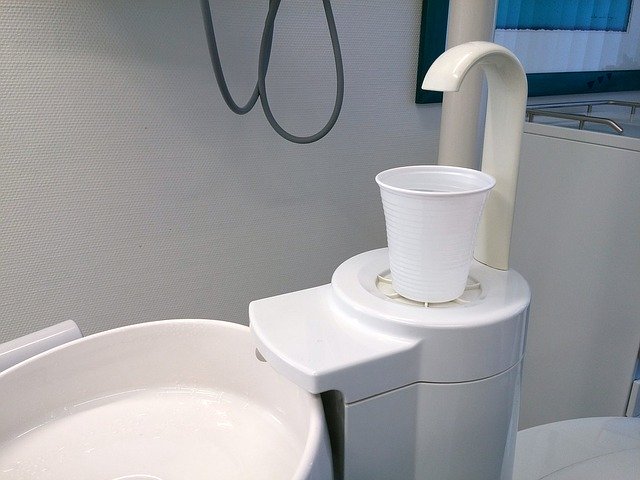Oh no! You just received the news that you have a cavity and need a filling? While the news might be shocking, it isn’t something you should be scared of or worry about. You might need to up your oral health care game, but getting a filling shouldn’t be a difficult process to overcome. The process of filling cavities is fairly simple and straightforward.
What to expect
Be prepared to be at your dentist’s office for about an hour. This will allow for enough time to take x-rays if needed, discuss the procedure with you and complete appropriate dental work. Prior to filling cavities, Dr. Sara will numb your teeth, gums and surrounding skin to avoid and minimize discomfort during the procedure. Next, she will drill out the decay in the tooth and replace it with a filling. This part should last only a few minutes.
Once you are done, your mouth will feel numb for about a few more hours so don’t be alarmed. There are no significant risks associated with filling cavities, but contact our office if you do notice anything out of the ordinary that concerns you. We are happy to discuss this further with you.
Types of cavity fillings
There are a few different options for what types of tooth fillings you might get–each option has a set of pros and cons to keep in mind. Some of the different types of fillings include gold, silver amalgam, tooth-colored composite material and porcelain. However, the two most commonly used types are amalgam and composite.
Amalgam fillings have been used by dental professionals for more than a century. This type of filling is the most researched material used for cavities. These fillings are strong and ideal for cavities in the back of the mouth, such as in the molars, where chewing takes place. However, since these fillings are made of a combination of several metallic elements, they can be noticeable when you laugh or smile. They are also among the least expensive of all cavity-filling materials.
Composite fillings are also referred to as composites or filled resins. These fillings combine glass or quartz filler and can be made to match the color of your tooth. They are also durable and ideal for small to mid-sized restorations in parts of your mouth that perform moderate chewing.
Take care of your fillings
After your procedure, you may experience sensitivity and pain, but it will subside so don’t worry. However, it is important to not neglect your oral care routine. Try products that are designed specifically to protect sensitive teeth. It is also important to remember to floss daily for added protection of your teeth and prevention of further complications and additional cavities.
Tooth fillings typically last for many years before they need to be replaced. If you clench or grind your teeth, you may need to have tooth fillings replaced sooner. If you notice signs of wear on your fillings, such as cracks, contact Dr. Sara at Pinnacle Peak Family Dentistry in Scottsdale today to get your filling replaced as soon as possible.







